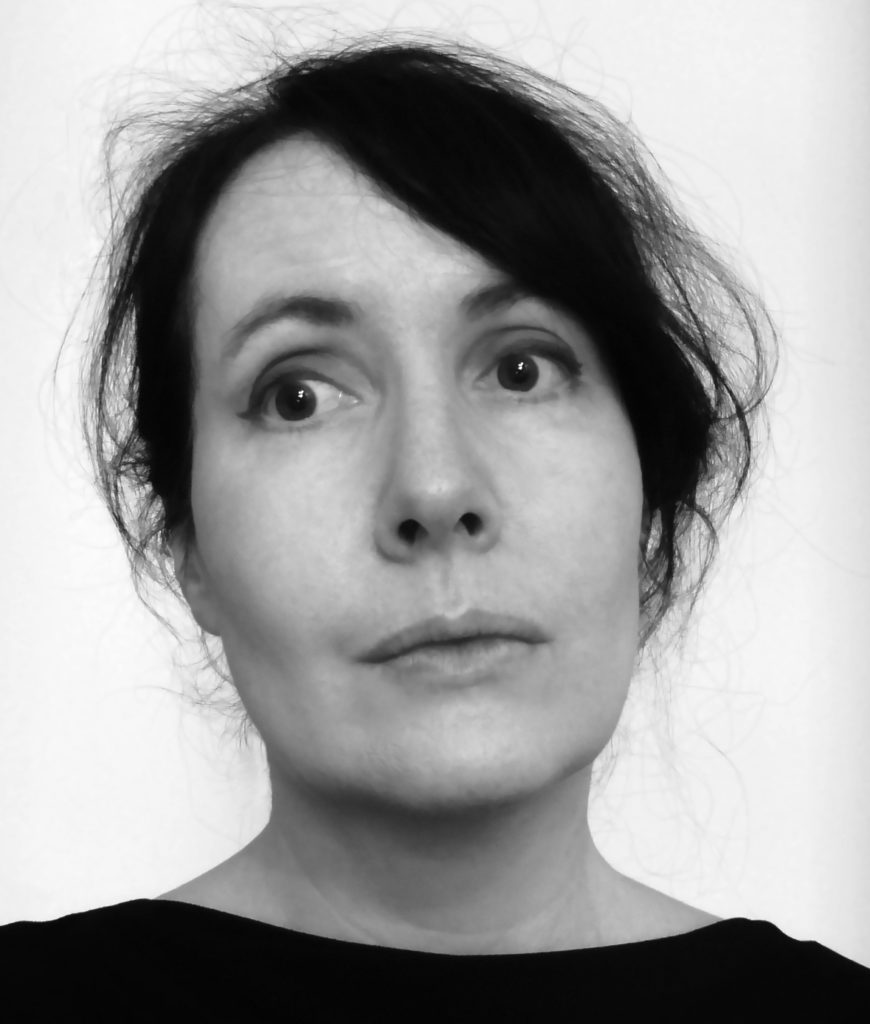ia)…and the dreams that you dare to dream… Een opname van een bekend lied wordt door een filter gehaald dat lijkt op een jaloezie. In het begin zijn de openingen waardoor geluid kan binnendringen heel smal, maar ze gaan geleidelijk aan verder open tot helemaal aan het einde van het werk, wanneer de identiteit van de bron duidelijk wordt. De piano versterkt bepaalde componenten van het gefilterde geluid, hint soms naar het lied dat eronder ligt en vormt op andere momenten zijn eigen lied uit het beschikbare gefilterde materiaal.
i) Babel In Babel wordt de piano gecombineerd met fragmenten uit een lange opname die werd gemaakt terwijl ik op en neer liep langs de rij toeristen die wachtten om de Notre Dame in Parijs binnen te gaan. De titel verwijst naar de dichtheid van talen die je tegenkomt op deze specifieke toeristische plek en het is de spraak zelf die centraal staat in de compositie. Zelfs als de taal niet kan worden verstaan, zijn de sonische componenten ervan, benadrukt door de ritmische "bevriezing" van de opname, analyseerbaar en vormen ze een enigszins willekeurige harmonische progressie waaruit het pianomateriaal is geput. Centraal in het stuk staat het idee dat er een muzikale propositie bestaat binnen het toevallige verhaal van de veldopname, die geschetst wordt door de pianopartij en toegankelijk is voor een luisteraar die bereid is zijn of haar rol te spelen in deze omlijsting van het geluid van het echte leven.
ii) Straat Straat is een piano-bewerking van het middendeel van Symphony-Street-Souvenir, een stuk voor groot kamerensemble oorspronkelijk geschreven voor en in opdracht van het Ives Ensemble. Het was bedoeld voor een concert gewijd aan de muziek van Aldo Clementi en het feit dat de opname een carillon bevat naast het geleidelijk vertragen/verlagen van de toonhoogte is natuurlijk een knipoog naar de muziek van de Italiaanse componist. De pianopartij is een soort gelijkzwevende filtering van de klokkenanalyse (die zoals je je kunt voorstellen vele microtonen bevat) en zorgt in zijn fragmentatie voor een vreemde, half passende tegenmelodie op de band. De beiaard werd opgenomen in de Vor Frelsers Kirke in Kopenhagen.

